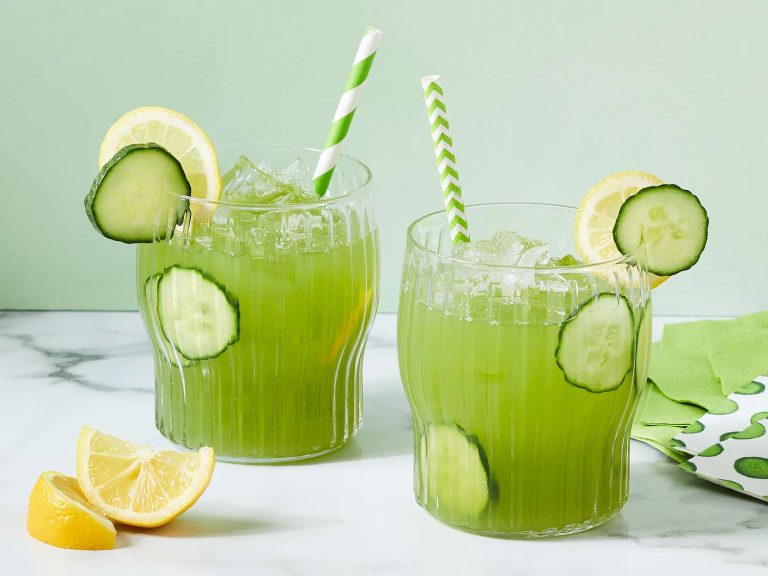Fish Chowder: History, Recipes, and Cooking Tips
Fish chowder’s history dates back to the early 18th century, first appearing in New England coastal communities. Fishermen’s wives created it to make use of abundant local seafood and readily available ingredients like potatoes and onions. Early recipes included fish, pork fat, and hardtack—a type of biscuit. Over time, recipes evolved to incorporate milk or cream, giving it the creamy texture many associate with the dish today.
Regional Variations
Fish chowder varies significantly across regions. In New England, the classic version uses haddock or cod, potatoes, onions, and milk or cream, often finishing with a pat of butter on top. Manhattan-style chowder, popular in New York, substitutes the cream with tomato-based broth, giving it a distinct red color. In the Southern United States, you’ll often find seafood chowder blending various types of shellfish and fish, offering a more diverse flavor profile. Each regional take on fish chowder reflects local ingredients and culinary traditions.
Essential Ingredients in Fish Chowder
Types of Fish Used
Choose fish that hold their shape during cooking for a delicious fish chowder. Common choices include haddock, cod, and pollock. These white fish, with their firm texture, absorb the flavors of the broth while remaining intact. In some regions, you might find salmon or halibut used for a slightly richer taste. Always opt for fresh fish if possible, but frozen alternatives can work if properly thawed.
Aromatic and Flavor Enhancers
Enhance the chowder’s depth of flavor with aromatic vegetables and herbs. Onions and garlic form the aromatic base, infusing the broth with their savory essence. Carrots and celery add subtle sweetness and texture. Fresh herbs like thyme and bay leaves are crucial for that classic chowder flavor. A dash of parsley can add brightness just before serving. Bacon or salt pork contributes a smoky element, rounding out the dish’s profile.
Step-by-Step Guide to Making Fish Chowder
Preparing the Ingredients
Select fresh fish fillets, preferably haddock, cod, or pollock. Remove any bones and cut the fish into bite-sized pieces. Dice aromatic vegetables like onions, celery, and carrots. These vegetables form the base of your chowder. Peel and cube potatoes—they’ll provide body and texture.
Measure out spices and herbs next. Gather thyme, bay leaves, salt, and pepper. If using bacon or salt pork, cut them into small pieces. Mince garlic cloves.
Ingredients Table
| Ingredient | Quantity |
|---|---|
| Haddock/Cod/Pollock | 1.5 lbs (680 g) |
| Onions | 1 cup (150 g) |
| Celery | 1 cup (120 g) |
| Carrots | 1 cup (130 g) |
| Potatoes | 2 cups (300 g) |
| Bacon/Salt Pork | 4 oz (113 g) |
| Garlic | 2 cloves |
| Thyme | 1 tsp |
| Bay Leaves | 2 leaves |
| Milk/Cream | 2 cups (480 ml) |
| Fish Stock/Water | 4 cups (960 ml) |
Cooking Techniques
Render bacon or salt pork in a large pot until crispy. Remove pieces and set aside but leave the fat. Sauté onions, celery, carrots, and garlic in the bacon fat until softened, around 5 minutes.
Add cubed potatoes, thyme, and bay leaves. Pour in 4 cups of fish stock or water. Simmer until potatoes are tender, about 10-15 minutes.
Incorporate fish pieces and continue to simmer for 5-7 minutes. Fish should be opaque and cooked through. Lower heat, then stir in 2 cups of milk or cream. Heat chowder gently without boiling.
Season with salt and pepper to taste. Serve hot, garnished with cooked bacon pieces. Enjoy your rich, flavorful homemade fish chowder.
Tips for the Perfect Fish Chowder
Selecting the Right Fish
Use white fish (e.g., haddock, cod) for a firm texture and mild flavor. Ensure the fish is fresh to avoid a muddy taste. Purchase fillets from a trusted source, checking for a firm texture and absence of odor. For added variety, incorporate shellfish like clams or shrimp.
Enhancing Flavor and Texture
Include bacon or salt pork for a smoky base. Render the bacon until crispy, and retain the fat for sautéing vegetables. Use onions, celery, and garlic to build a savory profile. Add potatoes for substance and a creamy texture. Simmer ingredients with fish stock, letting the flavors meld. Finish with a splash of cream or milk for richness. Finally, garnish with fresh herbs (e.g., parsley, thyme) for a burst of color and flavor.
Conclusion
Creating your own fish chowder at home is a rewarding culinary experience. By selecting the freshest ingredients and following the outlined techniques, you can achieve a rich and flavorful dish that pays homage to its historical roots. Whether you prefer the creamy New England style or the tomato-based Manhattan version, the key lies in balancing flavors and textures. Don’t hesitate to experiment with different types of fish or add your favorite shellfish to make the chowder uniquely yours. With a bit of practice, you’ll be serving up bowls of comfort that are sure to impress family and friends.






